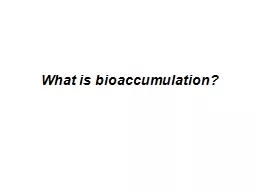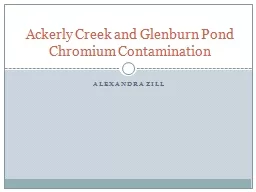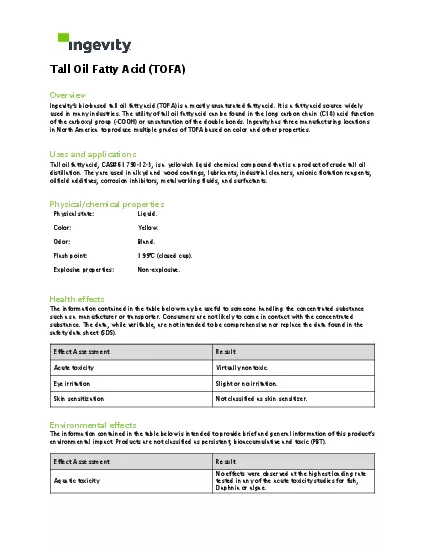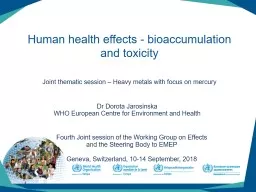PPT-What is bioaccumulation?
Author : min-jolicoeur | Published Date : 2016-04-02
Bioaccumulation the accumulation of a contaminant or toxin in or on an organism from all sources eg food water air An increase in the concentration of a chemical
Presentation Embed Code
Download Presentation
Download Presentation The PPT/PDF document "What is bioaccumulation?" is the property of its rightful owner. Permission is granted to download and print the materials on this website for personal, non-commercial use only, and to display it on your personal computer provided you do not modify the materials and that you retain all copyright notices contained in the materials. By downloading content from our website, you accept the terms of this agreement.
What is bioaccumulation?: Transcript
Download Rules Of Document
"What is bioaccumulation?"The content belongs to its owner. You may download and print it for personal use, without modification, and keep all copyright notices. By downloading, you agree to these terms.
Related Documents










